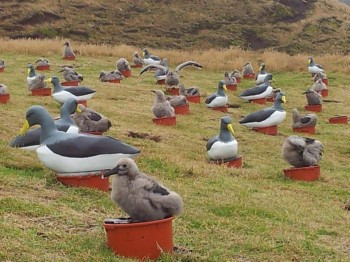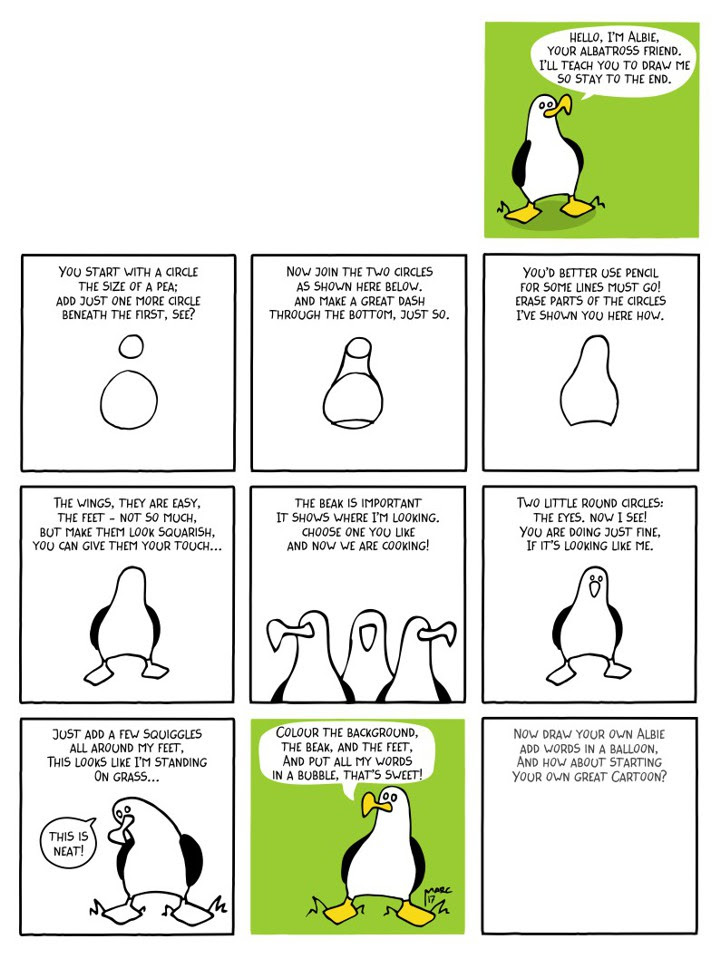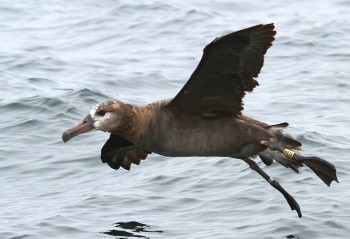The fifth and last year of transferring Globally Vulnerable and New Zealand endemic Chatham Albatross Thalassarche eremita chicks from their breeding colony on the Pyramid for hand rearing at Point Gap in the Chatham Islands by the Chatham Island Taiko Trust commenced last month. As in the four previous years the chicks will be hand fed until they fledge in the hope that they will recruit to the translocation site, leading to a new breeding colony becoming established (click here). Sixty chicks were transferred bringing the total number over the five years to 282.
“The sea finally calmed down just about enough to get on and off the Pyramid the other day - we only really went for a look because we were worried there weren't many albatross chicks this year but we ended up jumping ashore & quickly getting 60 chicks - it looks like it’s not too bad a year! The chicks are now safely back at Point Gap settling in to their new home” (click here).
Chatham Island residents are invited to come and see the albatross chicks at the Point Gap colony on 10 February. "This is the final year of the albatross transfers so its your last chance to come and see the feeding in action and see the chicks while they're still cute and fluffy!" View a video of the 2018 chicks on their artificial nests at Point Gap here.

Translocated Chatham Albatross chicks among decoys at Point Gap in a previous year
Decoys and a sound system will be left in place at the translocation site at Point Gap after the last cohort fledges to help attract returning birds.
John Cooper, ACAP Information Officer, 06 February 2018

 English
English  Français
Français  Español
Español 


